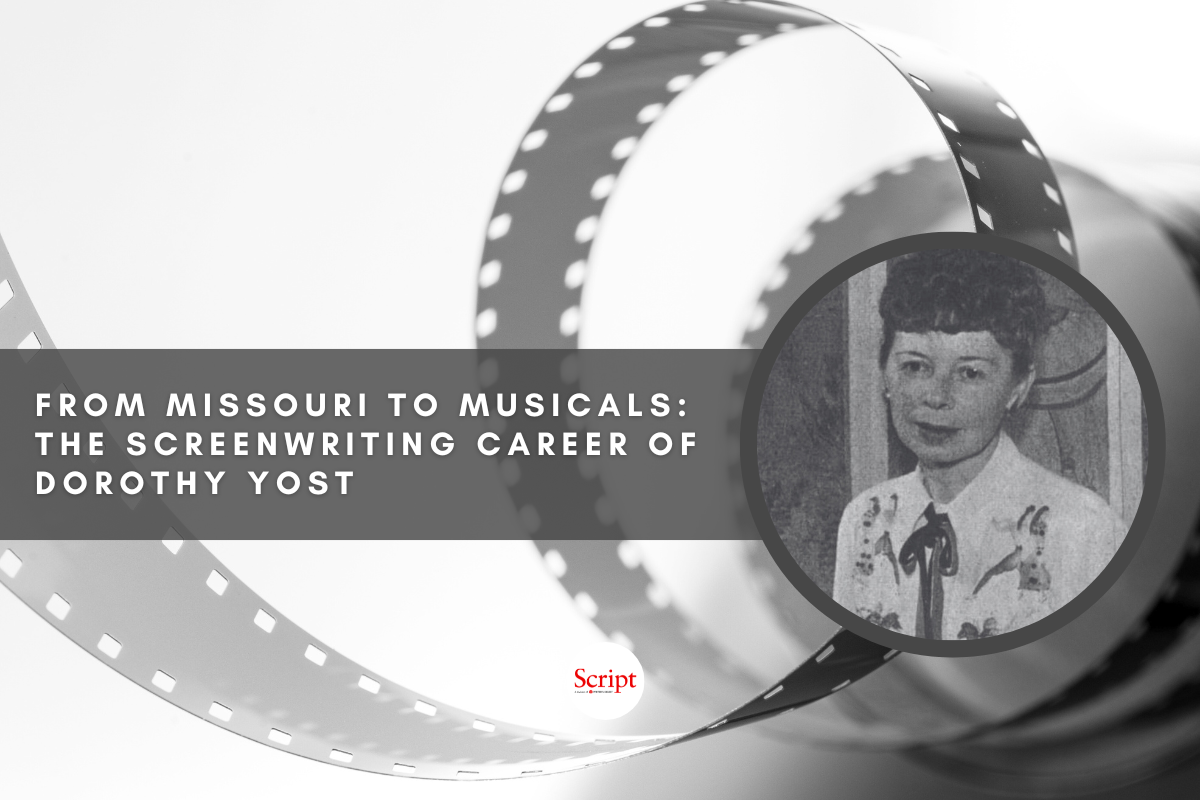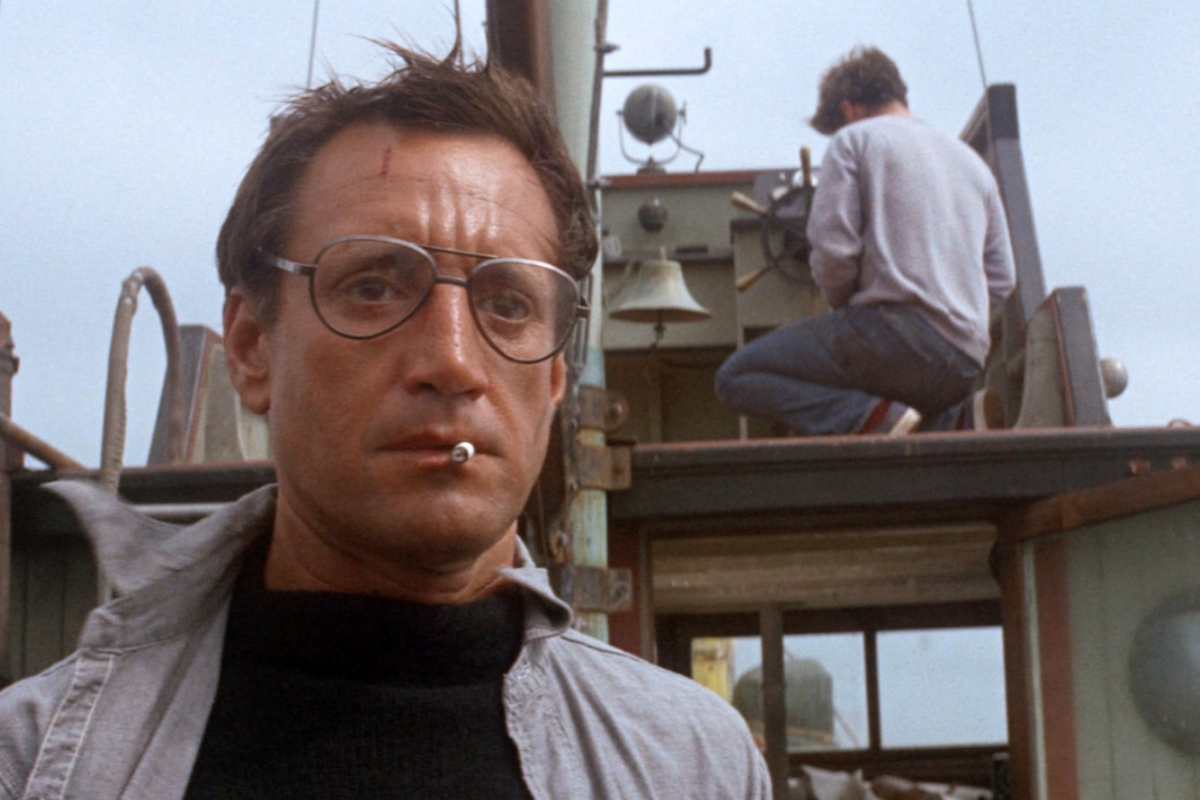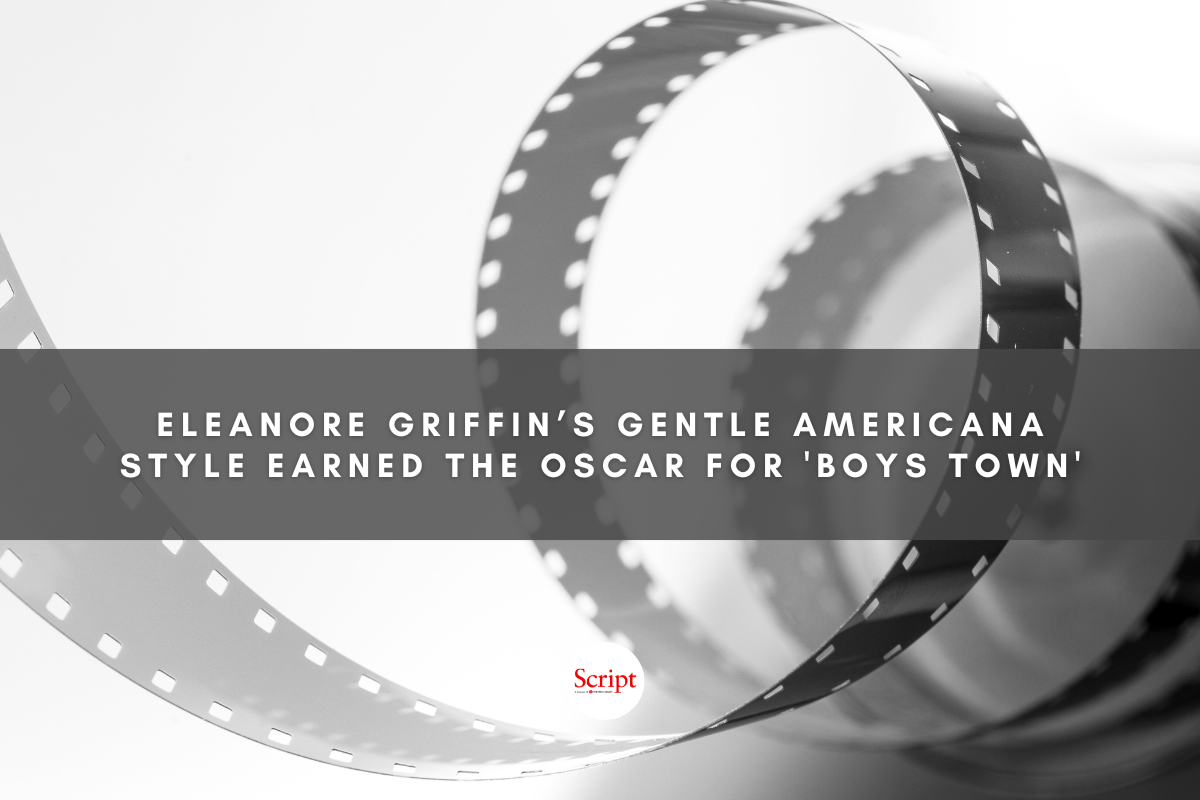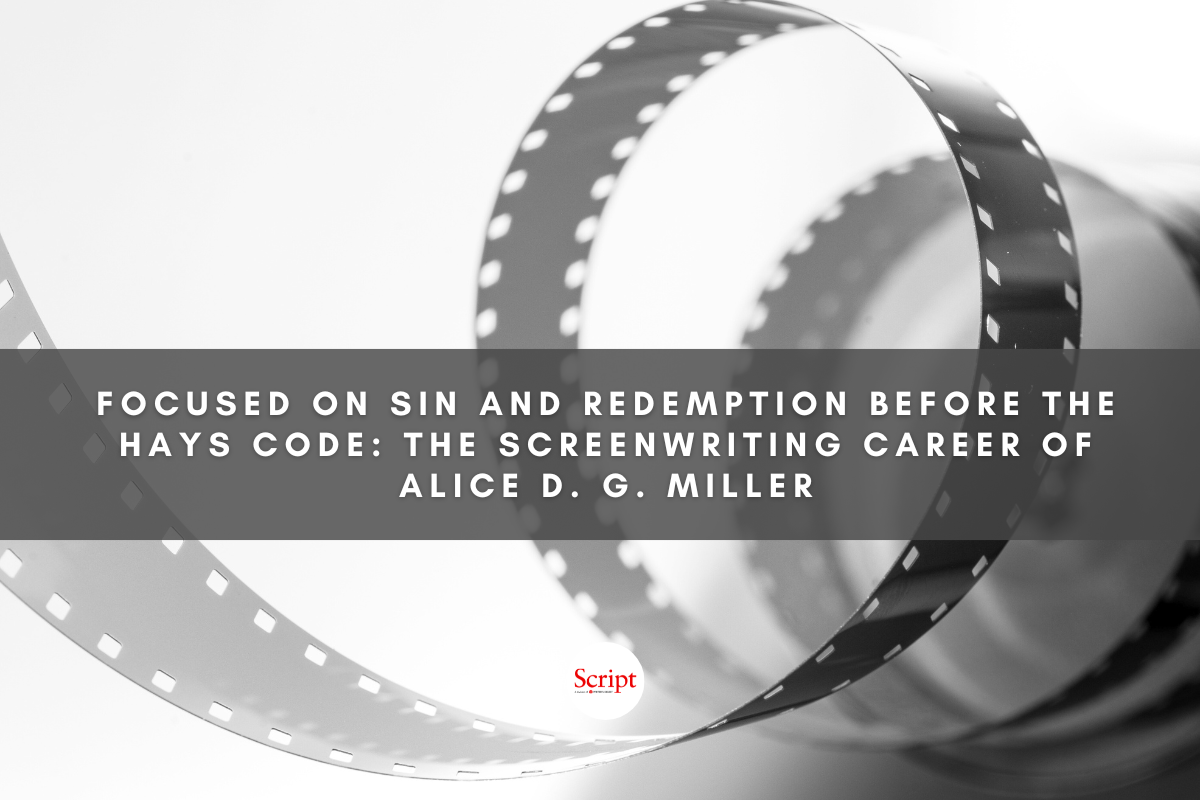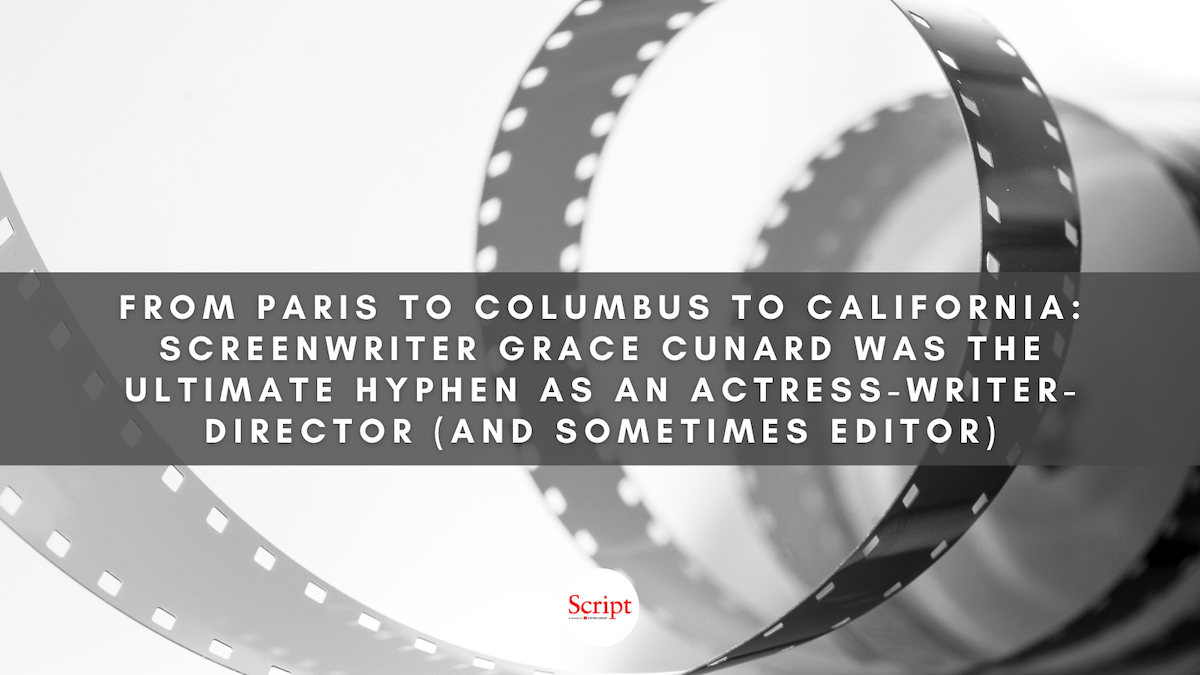She Co-Wrote ‘The Maltese Falcon’ But You’ve Never Heard Her Name
Dr. Rosanne Welch celebrates the female screenwriters who came before us with this month’s spotlight on the queen of adaptations, Maude Fulton.
You may not know her name, but Maude Fulton would probably consider her career “the stuff that dreams are made of,” a quote from her most famous credit The Maltese Falcon. Bet you didn’t know a female screenwriter had something to do with adapting Dashiell Hammett’s novel, but remember, Frances Goodrich Hackett co-adapted Hammett’s Thin Man into a hit film plus 2 hit sequels. Apparently, women can write like one of the manliest novelists of the 20th century.
Born in Kansas in 1881, Fulton’s career spanned from vaudeville to Broadway to Hollywood as she earned titles in everything from being an actress to being a concert pianist, dancer, composer, screenwriter, playwright, theater manager and magazine/short story writer. Fulton began as a dancer in several big shows on Broadway, including debuting on the evening when a then ‘crime of the century’ occurred in that very theatre. The show was Mam'zelle Champagne (1906), and that night a jealous husband killed a famous architect involved in a love triangle.
A much better Broadway event for Fulton came when her play The Brat ran for 136 performances in 1917. In 1918 she and her then manager bought a revolving stage theater in Oakland, California and named it after her as the Fulton Playhouse. It became the chief legitimate theater in Oakland, operating until 1929 when they sold right on the brink of the Great Depression.
Meanwhile, Fulton co-wrote the film adaptation of The Brat in 1919 with June Mathis and Charles Bryant. The film starred flamboyant Russian actress Alla Nazimova, then married to Bryant, as the chorus girl who becomes a muse to a rich novelist. Not surprisingly this first writing success borrowed largely from Fulton’s former life as a performer. The film’s popularity continued into the early 1930s when John Ford remade it as a talkie, then the Lux Radio Theatre aired a version starring Marion Davies in 1936, and in 1940 Frances Hyland and Albert Ray adapted it into The Girl From Avenue A.
As adapting a play into a film worked so well the first time, Fulton tried it again. For The Humming Bird (1923) she also starred alongside her husband of 3 years, fellow playwright Robert Ober, who directed. Paramount Pictures bought the film rights, hired Fulton, and the next year Gloria Swanson starred as the pickpocket who disguises herself as a boy to save her soldier-lover. Soon, Hollywood beckoned. For her next film, she partnered with Elinor Glyn and writer-director King Vidor to adapt one of Glyn’s romance novels, His Hour (1924) starring John Gilbert.
Clearly, Fulton became a queen of adaptation writing scripts based on Oscar Wilde’s Lady Windermere's Fan (1925) and Lord Byron’s Don Juan character in 1926. That was also the year she and Ober divorced. Eight more scripts lead her to adapt The Maltese Falcon (1931) with Brown Holmes.
Maude Fulton retired in 1941 for health reasons and died on 9 November, 1950 in Los Angeles, California.
If you’d like to learn more about the history of women in screenwriting, and about the craft of screenwriting while earning your MFA, our low residency Stephens College MFA in TV and Screenwriting is currently accepting applications.
Dr. Rosanne Welch, Executive Director of the Stephens College MFA in TV and Screenwriting, has television credits including Beverly Hills 90210, Picket Fences, ABC News/Nightline and Touched by an Angel. Her award-winning publications include When Women Wrote Hollywood and Women in American History (on the ALA list of 2017’s Best Historical Materials). Welch is Book Reviews editor for Journal of Screenwriting; on the Editorial Boards of Written By magazine and California History Journal and gave a 2016 TEDxCPP talk: “The Importance of Having a Female Voice in the Room”.
Find Dr. Rosanne Welch online: Instagram @drrosannewelch | YouTube DrRosanneWelch | Stephens College MFA Twitter @mfascreenwriter


